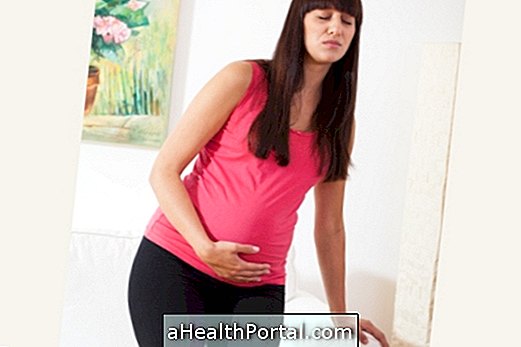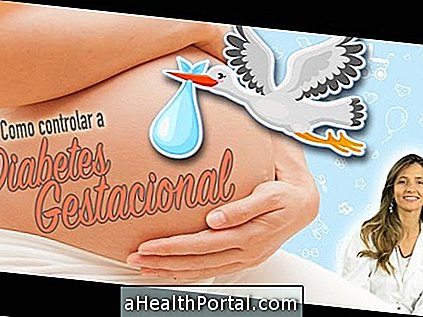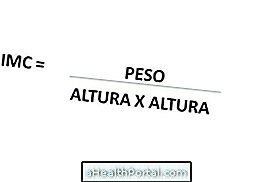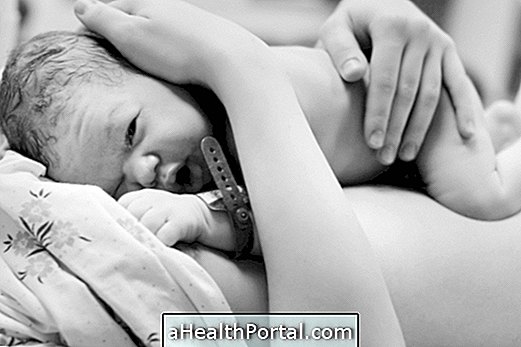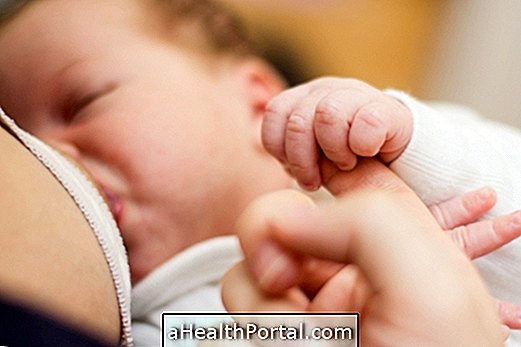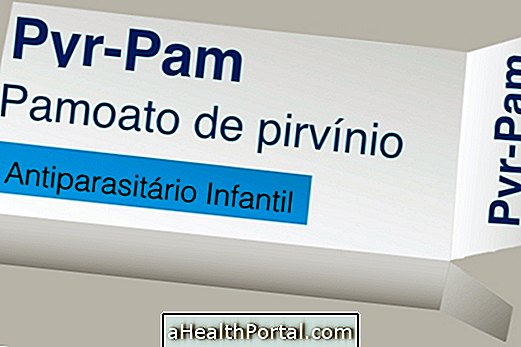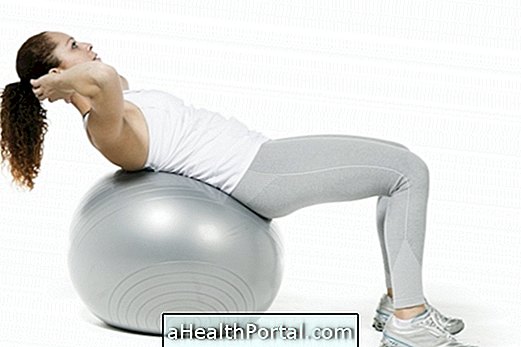The baby's development at 36 weeks' gestation, which is 8 months pregnant, is practically complete, but it will still be considered premature if born this week.
Although most babies are already turned upside down, some can reach 36 weeks of gestation and still be seated. In this case, if labor begins and the drink is still sitting, the doctor may try to turn the baby around or suggest a cesarean section. However the mother can help the baby to turn, see: 3 exercises to help the baby to turn upside down.
At the end of pregnancy, the mother should also start preparing for breastfeeding, see step-by-step on: How to prepare breast for breastfeeding.
Fetal Development
Regarding the development of the fetus at 36 weeks of gestation, it presents a smoother skin and already has enough fat deposited under the skin to allow temperature regulation after delivery. There may still be some vernix, the cheeks are more chubby, and the lanugo is fading away.
The baby should have the head covered by hair, and the eyebrows and eyelashes are completely formed. The muscles are getting stronger, have reactions, memory and brain cells continue to develop.
The lungs are still forming, and the baby produces about 600 ml of urine that is released into the amniotic fluid. When the baby is awake, the eyes remain open, it reacts to light and it stings normally, but despite this, it spends most of its time sleeping.
The baby's birth is near and now it's time to think about breastfeeding because the only source of food in the first 6 months of life should be milk. Breast milk is the most recommended, but in the impossibility of offering this, there are artificial milk formulas. Feeding at this stage is a very important factor for you and your baby.
36-week fetus size
The size of the fetus at 36 weeks gestation is approximately 47 inches measured from the head to the heel and its weight is about 2.8 kg.
Pictures of the fetus at 36 weeks


Changes in woman
The woman may have gained considerable weight by now and back pain may be more common.
At the eighth month of gestation, breathing is easier because the baby is fitting for birth, but on the other hand the frequency of urination increases, so the pregnant woman starts to urinate more frequently. Fetal movements may be less noticeable because there is less space available, but you should still feel the baby tinkering at least 10 times a day.
Your pregnancy by quarter
To make your life easier and you do not waste time looking, we separate all the information you need for each trimester of gestation. What quarter are you in?
- 1st Quarter (1st to 13th week)
- 2nd Quarter (14th to 27th week)
- 3rd Quarter (from the 28th to the 41st week)


